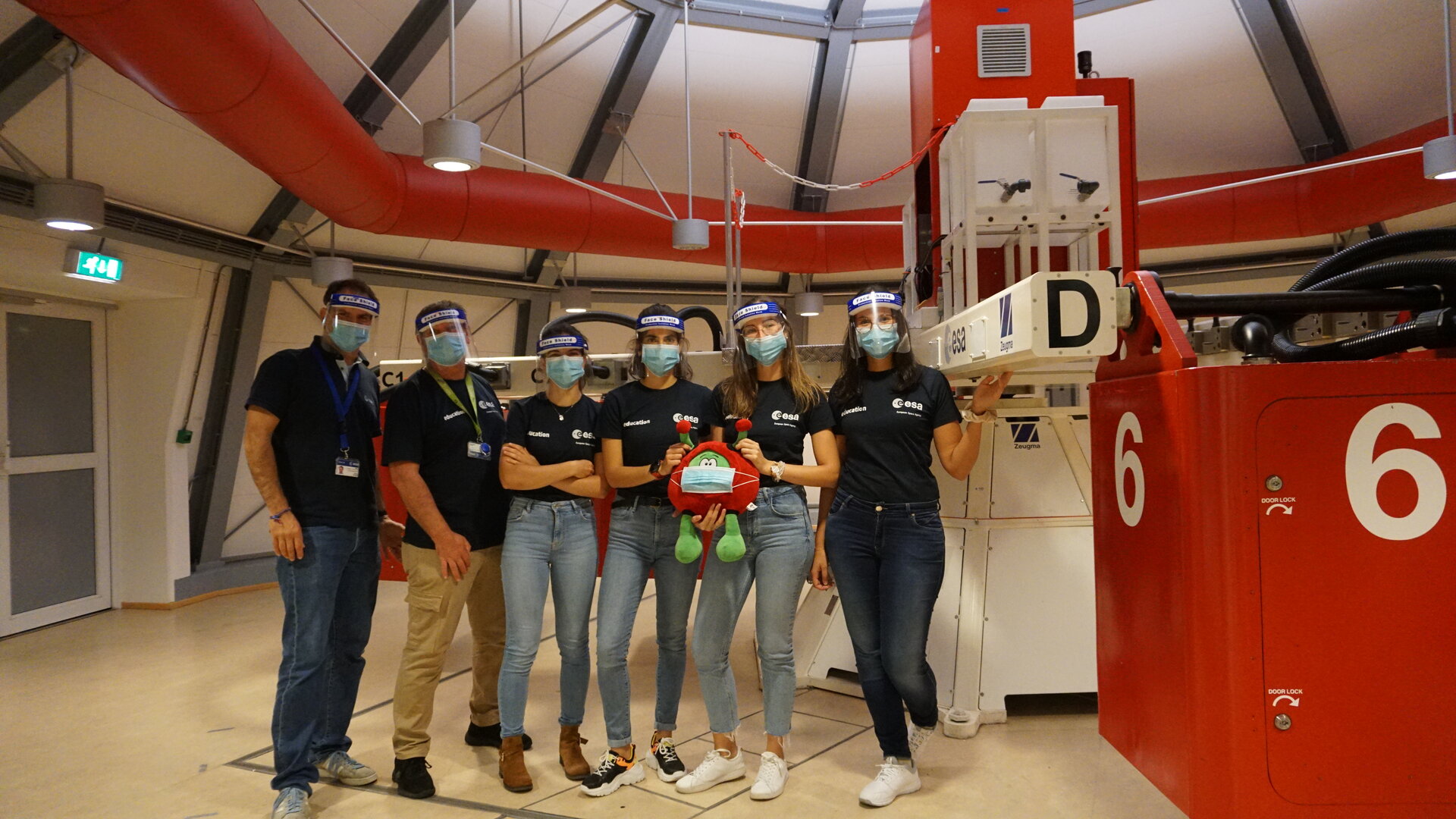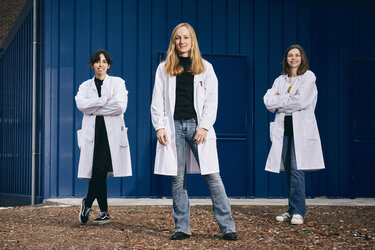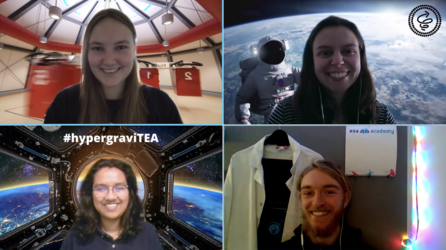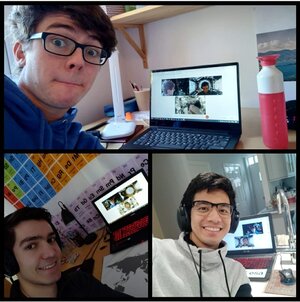Teams selected for Spin Your Thesis! 2021
Three university teams were selected by the Spin Your Thesis! Selection Board to perform their student experiments in hypergravity at the end of next year. Despite pandemic restrictions in place at universities, meaning added difficulties for students to work together, ESA was happy to select the best projects for next year’s hypergravity opportunity.
Several student teams submitted experimental proposals which were critically assessed and reviewed by a panel of experts from ESA and the European Low Gravity Research Association. In the end, three teams were selected.
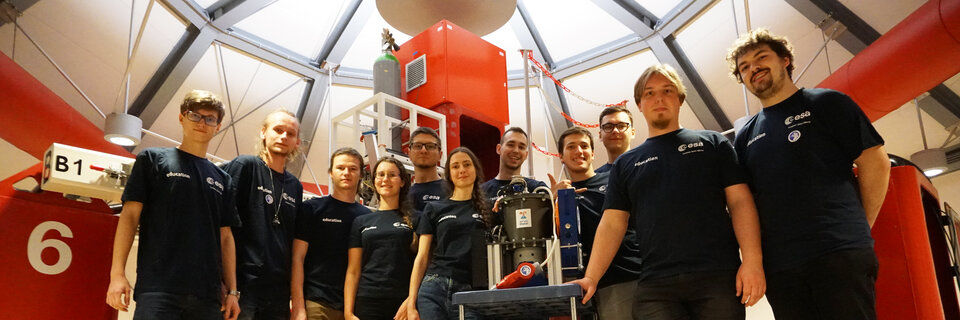
Team FORTE or FibrOblast hypeRgraviTy Effects from Belgium (Ghent University/Antwerp University/SCK-CEN) intend to study the effect of microgravity on wound healing and in particular the countermeasure benefits that hypergravity has on this delicate process. The team comprised of 2 PhD and 1 master student will use a random positioning machine (RPM) to simulate microgravity and the LDC to simulate hypergravity. The team are in a perfect position to test different regimes of gravity exposure on the wound healing process of skin. This could have important implications for long term space travel where astronauts tend to lose up to 20% of the epidermis. Thus, understanding the intricate molecular pathways and triggers that lead to dysfunctional cell signalling and proliferation in various and sequential gravity environments would be helpful for such issues.
Another selected team called NOAHS ARC from the UK (Cambridge and Warwick universities) proposed a well founded study which would focus on the passive receptor mediated uptake of glucose in giant unilamellar vesicles (GUV) mediated by GLUT-1 receptor using live imaging fluorescence at different g levels. Altering gravity field in plasma membranes has been shown in various models to alter its biological properties namely fluidity and viscosity. The team’s proposal fits in well with prior research to dissect the principles of nutrition uptake in various g levels and using a cell free system should yield interesting results.
The third team to be selected are The Levitators from Durham University (UK) comprised of 2 masters and 1 bachelor student. They will investigate the phenomenon known as near field acoustic levitation (NFAL) which occurs when a vibrating plate causes an object to levitate above it due to the pressure between the objects created with each vibration. Interestingly, the team identified a lack of research in this field when it came to gravity modulation and so submitted a clear and concise proposal to ESA Academy to use the large diameter centrifuge.
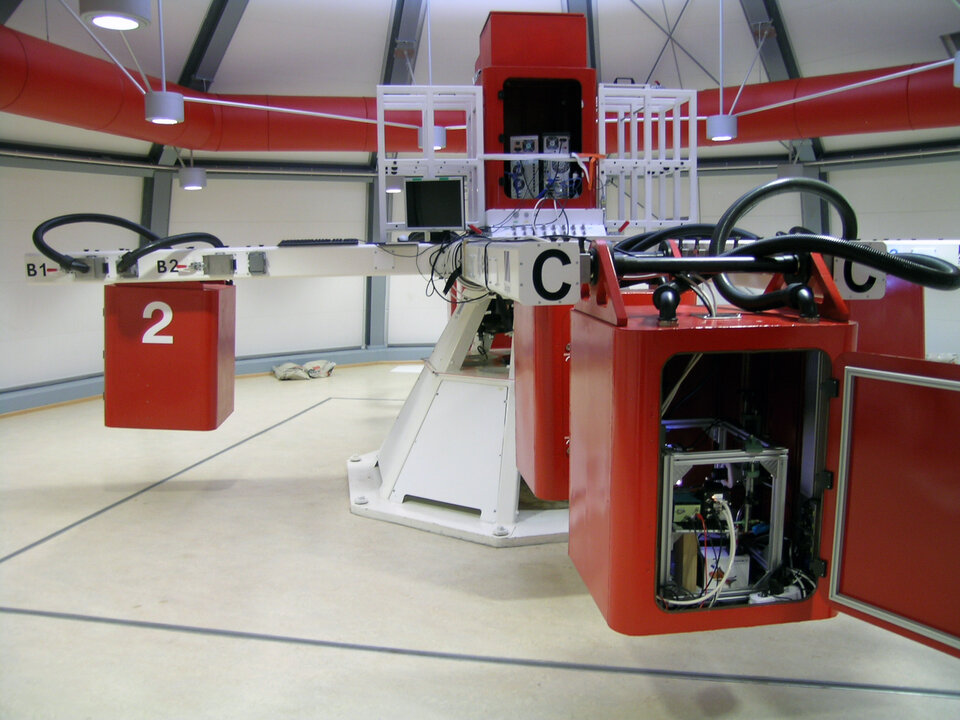
The centrifuge is located in ESA ESTEC, Noordwijk, ESA’s largest site dedicated to space research and technology development. It has an 8m diameter and can generate centrifugal forces equivalent of anything in between 1g and 20g. The experiments are placed inside swing-out gondolas which can accommodate up to 80kg of hardware which, when spinning at 20g makes the outer gondola travel at approximately 120km/h, impressive to see and even more impressive when your experiment is housed within!
Each team will be hosted for 2.5 days at ESTEC to actually run their experiment in a year’s time, but before then the team will go through a week of training and several sessions with ESA Academy and ESA ESTEC staff to help them design their experiment to get the best out of this experience.


